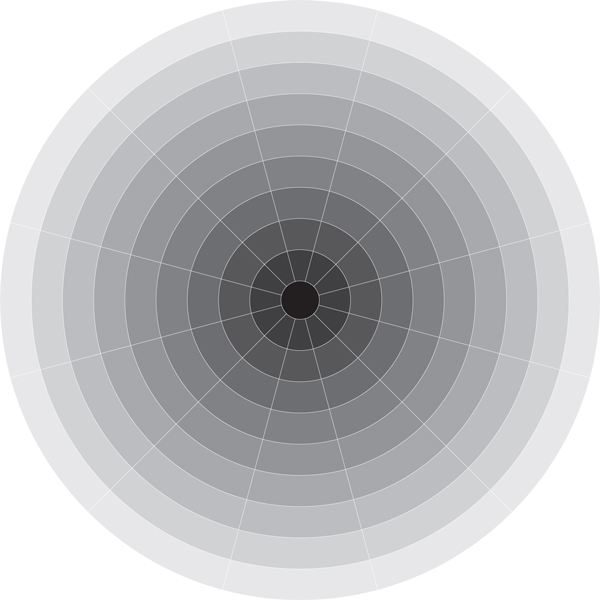Other Calibration Methods
Beginning with CS4, Adobe discontinued including Adobe Gamma calibration software for PCs, as it was primarily a means of calibrating CRT monitors. They have therefore moved away from an “eyes only” approach and left... nothing in its place, although, oddly enough, the Display Calibrator Assistant (fig. 3.7) is still available on the Mac platform. This is not an Adobe product, however, and is not designed to address calibration issues regarding print output.
If you are prepared to spend some money on calibration rather than using the “backward calibration” method already described, and/or if your monitor does not come with any way to adjust light and color levels, try one of the following alternatives, which deal with calibration in a way suitable for all types of display, regardless of your monitor type.
i1Display 2 from X-rite
http://www.xrite.com/product_overview.aspx?ID=788
basICColor print
http://www.basiccolor.de/english/Product%20Overview%20Q2-2007.pdf (page 8)
Spyder3Elite
http://www.datacolor.eu/en/products/monitor-calibration/spyder3elite/index.html
All these offer excellent solutions for achieving accurate calibration, and the last mentioned has received numerous awards from magazines including Macworld, iDIGITAL, PCPhoto, Personal Computer World, and DigitalPHOTO. While it is possible that even after using one of these you will still have to manually adjust monitor settings to match the results you are getting from the print shop, it is much less likely.

3.7 The Display Calibrator Assistant is available on the Mac platform and can be used to help calibrate monitors.

